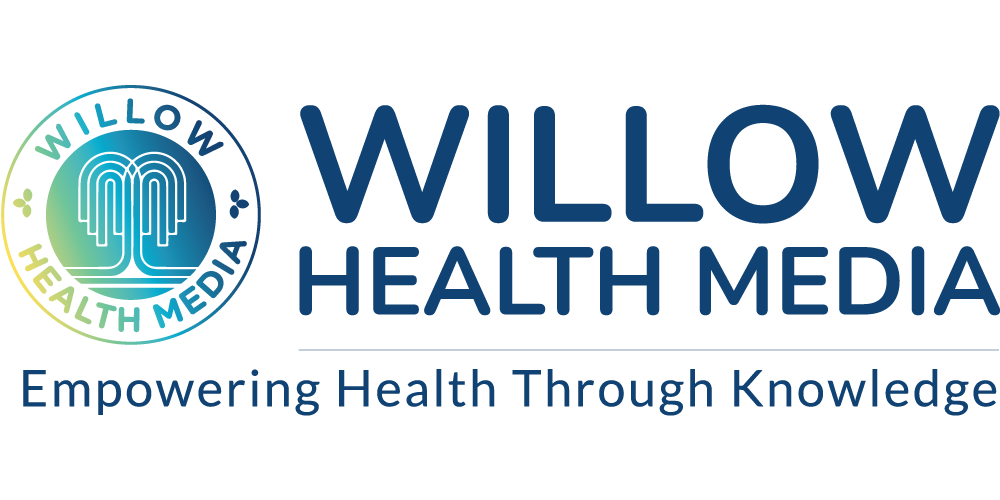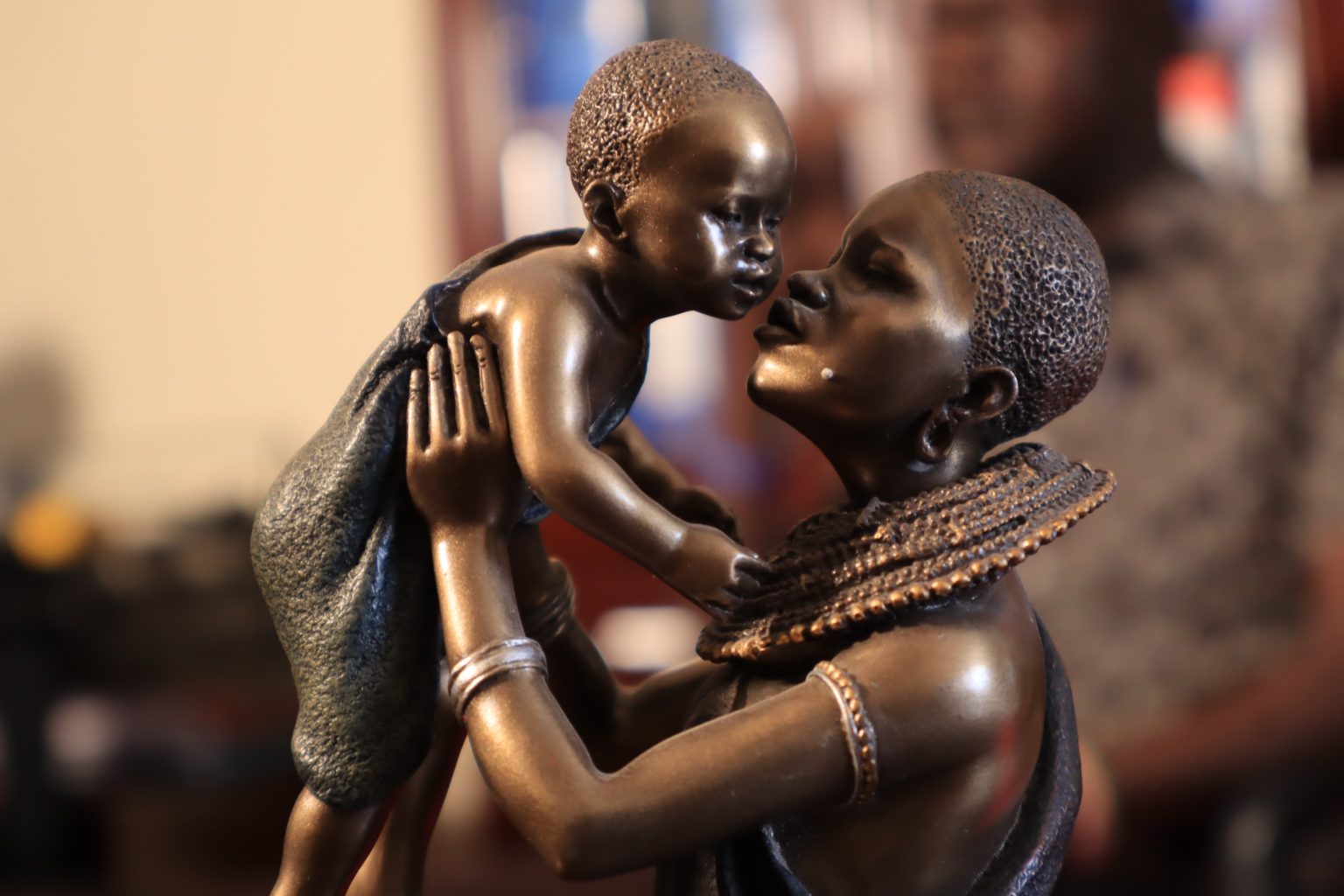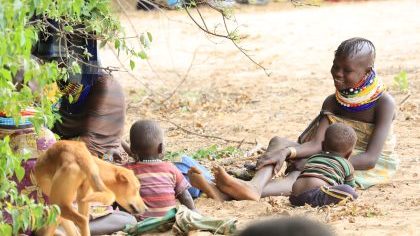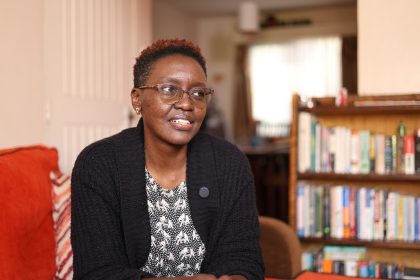The blueprint for saving mothers is clear: the fight against childhood malnutrition must be the next frontier.
In the vast, sun-scorched lands of Turkana, a revolution of hope is slowly replacing a history of loss. Where a mother’s life was once a gamble, dedicated care is now writing a new story of survival.
Before devolution in 2010, Turkana County had one of the worst rates of maternal deaths in Kenya, with over 1,500 mothers dying per 100,000 live births. However, the county has made huge progress, reducing its maternal death rate fivefold to 381. It is now very close to the national average of 355.
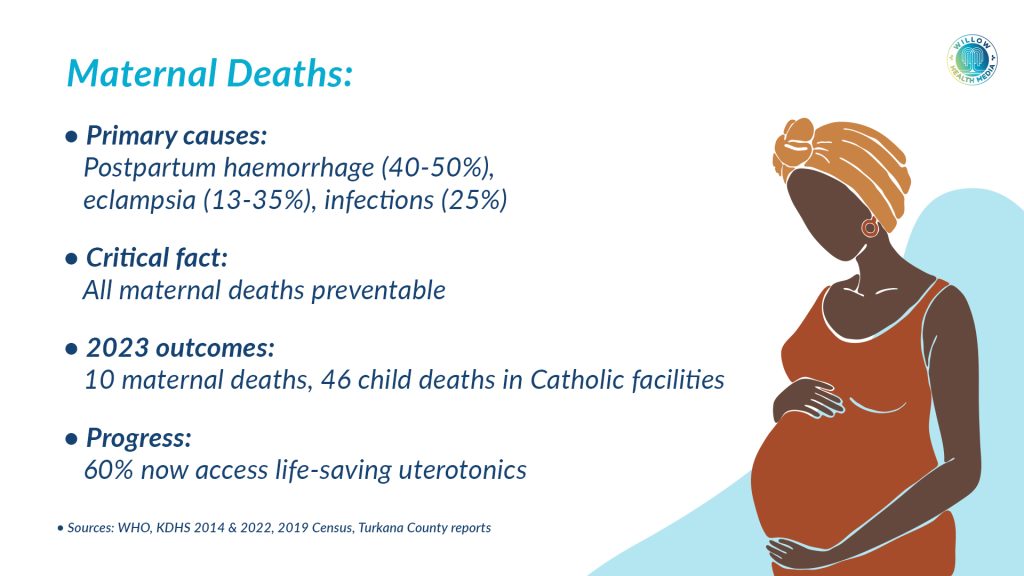
As Dr Epem Esekon, the County Health CEC, stated, “Turkana County has 301 operational health facilities” serving the community.
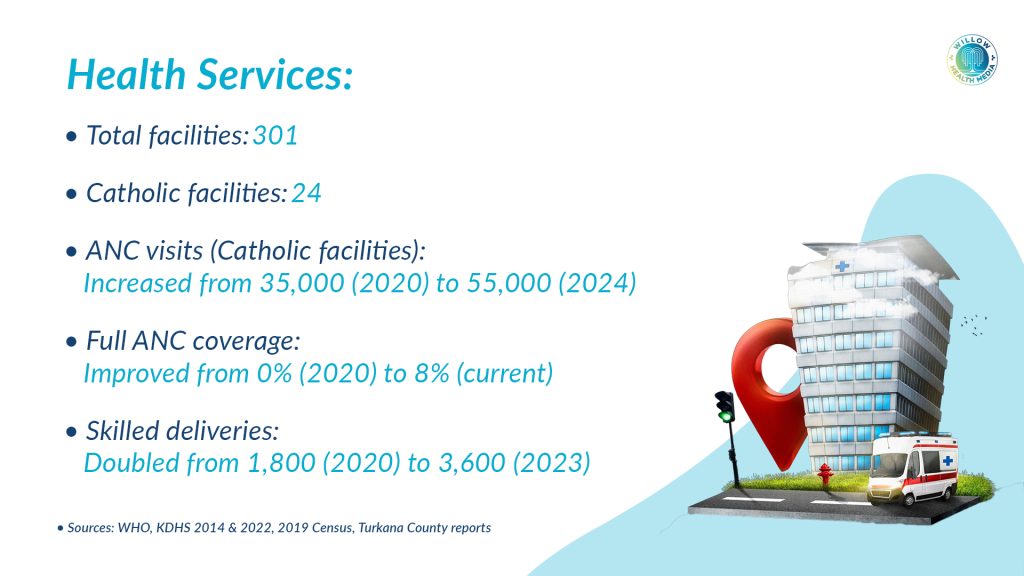
Despite this success, major challenges remain. The death rate for children under five is still high at 55 deaths per 1,000 live births (compared to the national average of 41), primarily due to malnutrition. Gabriel Lopodo, Head of the Family Health Division, confirms that “the major cause of under-five deaths is malnutrition.”

The number of malnourished children in Turkana is 32 per cent—more than triple the national average of 10 per cent. This is worsened by frequent droughts, which have been declared a national disaster.

Other serious issues include a high rate of teenage pregnancy. Citing the 2022 Kenya Demographics Health Survey, Lopodo said, “the county recorded 18 per cent child pregnancies, which is higher than the national average of 15 per cent of all pregnancies.” Preventable causes of maternal death, such as severe bleeding after childbirth, also persist.

Efforts by health facilities, including those run by the Catholic Diocese, are making a difference. Sister Doris Mulongo, Health Services Coordinator at the Catholic Diocese of Lodwar, reported that “the church had at least 24 health facilities in Turkana County.” They have seen a significant increase in the number of mothers seeking prenatal care, rising from 35,000 in 2020 to 55,000 in 2024. The use of critical life-saving medicines during childbirth has also risen, with 60 per cent of mothers now receiving them.
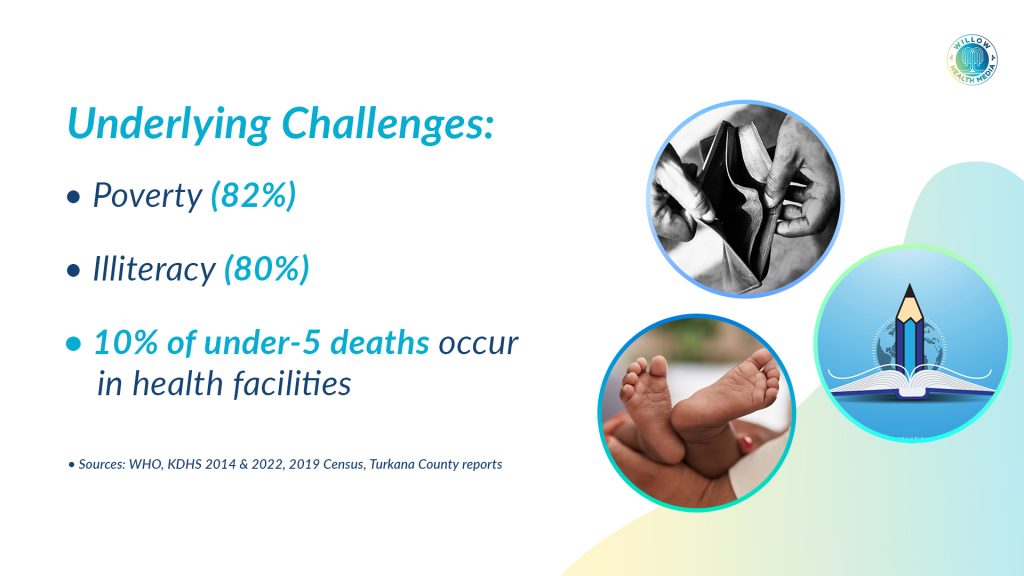
In short, Turkana has made impressive gains in improving maternal health, but a continued focus on preventing malnutrition and providing essential medical care is needed to save more lives.
This article was first published by Willow Health Media on November 9, 2025.
